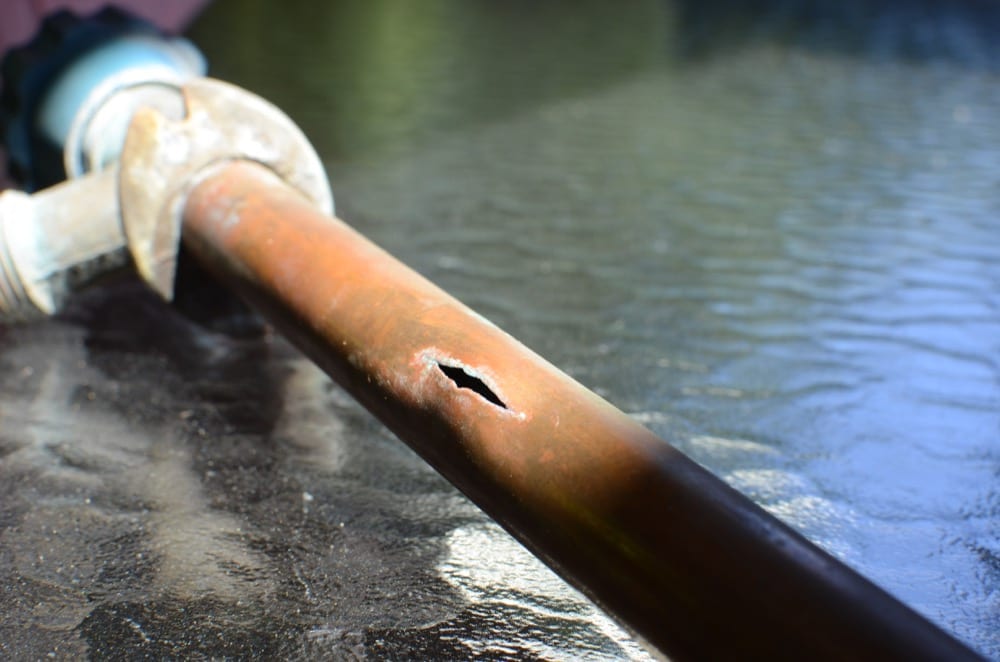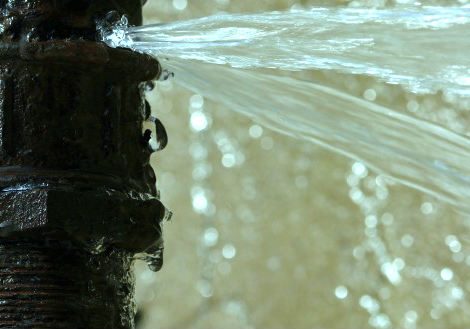Quick Guide: Identifying and Fixing Ruptured Pipes in Your Home
Quick Guide: Identifying and Fixing Ruptured Pipes in Your Home
Blog Article
What're your opinions on What to Know Before Installing a Dishwasher?

A ruptured pipeline is a significant emergency; you can only stand as you view water you pay dearly to rejoin with the planet. In even worse situations, you notice a pool on your cooking area flooring, which is a terrific trip hazard, especially if you have youngsters around. If the pipeline that burst was in your wall surfaces, problem: you may need to paint that whole section.
How can a tragedy like a ruptured pipe be prevented and also handled? Well, by listening to your professional emergency plumbing professionals as well as following these regulations.
Exactly how do I know when my pipelines have ruptured?
Varying water stress
Pipelines do not just burst in a day. You might have discovered that your cooking area faucet or shower doesn't run instantly when you turn the faucet. It might stop briefly for a few seconds and afterwards blast you with even more force than usual.
In various other instances, the water may appear normal in the beginning, then drop in stress after a few secs.
Contaminated water
Many individuals presume a burst pipeline is a one-way outlet. Fairly the contrary. As water drains of the hole or wound in your plumbing system, pollutants find their method.
Your water may be polluted from the source, so if you can, inspect if your water tank has any kind of problems. Nonetheless, if your drinking water is provided and detoxified by the city government, you need to call your plumber instantly if you see or scent anything funny in your water.
Puddles under pipelines and sinks
When a pipeline ruptureds, the outflow creates a puddle. It might appear that the puddle is expanding in dimension, as well as despite the number of times you mop the pool, in a few mins, there's another one waiting to be cleaned up. Often, you may not have the ability to trace the puddle to any type of noticeable pipes. This is an indicator to call an expert plumber.
Damp walls as well as water stains
Prior to a pipeline bursts, it will certainly leak, a lot of times. If this persistent dripping goes undetected, the leak might graduate right into a broad wound in your pipe. One very easy way to prevent this emergency is to keep an eye out for wet wall surfaces ad water spots. These water discolorations will lead you right to the leakage.
Untraceable trickling noises
Pipeline ruptureds can happen in one of the most undesirable locations, like within concrete, inside wall surfaces, or under sinks. When the house goes silent, you might have the ability to listen to an annoyingly consistent leaking sound. Also after you've checked your shower head as well as kitchen area faucet, the trickling may continue.
Precious reader, the dripping may be originating from a pipeline inside your wall surfaces. There isn't much you can do concerning that, except tell an expert plumber.
Turn up the Warm
Establish followers to blow warmth right into cold rooms. Keep the garage door shut. If you have reduced water flow, warm the most prone pipelines (normally in cellars and also crawl spaces or near outside wall surfaces) with a hair clothes dryer. Leave the tap on while you use warmth. As you thaw ice, the flow will increase. To prevent pipes from freezing, insulate your walls.
Start Getting Rid of the Water
Grab the mop, buckets and a store vacuum cleaner to begin to remove the water due to the fact that you absolutely do not desire it saturating into whatever else in your home. Plus, a quick clean up will reduce the chances of something obtaining musty.
What do I do when I identify a ruptured pipeline?
Your water meter will continue to run even while your water wastes. To minimize your losses, locate the major controls and also transform the supply off. The water pipe are an above-ground structure at the edge of your residential or commercial property.
How to Fix & Detect a Leaking Pipe
How Do I Know if a Pipe is Leaking?
Leak detection tests can help you determine if your pipe has a leak. Even if you don’t see an apparent leak, you should still conduct leak detection tests regularly to save water and money—and prevent major damage to your home.
Water meter. It can be helpful to figure out what your usual water meter usage numbers are and then monitor them regularly. To monitor your meter, first, turn off all water faucets in your home. Check the meter and write down the numbers. In a few hours, check the meter again. If the numbers have changed, you have a leak. Water gauge. Use a water gauge to test your water pressure. Your showerhead should produce a certain amount of water pressure based on its model and design. If the pressure is lower than it is supposed to be for that specific showerhead, your home likely has a leak. Puddles. Look inside your bathroom, laundry, and kitchen sink cabinets. Puddles around the cabinets or around toilets, tubs, showers, and washing machines indicate the presence of a leaking pipe. You may also notice loose tiles, peeling or flaking paint, or mold caused by water accumulation. Napkin test. Even if you don’t see any puddles, you may still have a leak. You can test for water leaks in the bathroom, laundry, and kitchen by wiping below-sink connections with a napkin, paper towel, or piece of toilet paper. If it becomes damp, you probably have a leaking pipe under the sink. Discolored walls. Walls that are discolored—usually with brown or yellow stains—or bulging might mean that they have been impacted by water damage caused by a leaking pipe. Smell. A leaky pipe will create sitting water, and over time, that water may develop a musty smell. If your home smells musty, but you can’t locate the source, it may be due to a leak. Steps for Fixing a Leaking Pipe
A leaky drain can be remedied by tightening the pipe base, replacing the drain seal, caulking the rim, and tightening the pipe nut. Similarly, a leaking toilet pipe can be treated by tightening the packing nut. You may also need to replace the valve. A leaky faucet may just need tightening or replacement of the washers. If that doesn’t work, consider replacing your faucet. If your pipe has a hole in it, you may want to use a pipe leak sealer or pipe leak tape. This quick fix for water pipe leaks can also temporarily fix a copper pipe leak. https://www.ahs.com/home-matters/quick-tips/how-to-tell-if-pipes-are-leaking/

We had been introduced to that editorial about What to Know Before Installing a Dishwasher from an associate on a different blog. Do you know somebody who is inquisitive about the subject? Take a moment to promote it. Thank you for your time invested reading it.
Information Here
Report this page